The super-moon occurs when a full moon lines
up with the Earth and the sun at a specific point in its orbit, called
the lunar perigee.
The summer of 2014 has been called the summer of supermoons, and for good reason. Skywatchers already got a chance to see one supermoon on July 12, and the second is August 10th.
The third will be Sept. 9, so mark your calendar!
August's moon is set to be the most "super" of them all -- because at a distance
of 221,765 miles (356,896 kilometers) from Earth, our satellite will
come closer this time than it did in July or will in September.
Hungary Moonrise
In this picture made available Sunday, July 13, 2014 the full moon rises above the castle of Somoskoujfalu, 123 kms northeast of Budapest, Hungary, late Saturday, July 12,2014. This phenomenon, is also called supermoon as the celestial body comes the closest to Earth therefore it seems brighter and bigger than an average full moon (AP Photo/MTI,Peter Komka)
China Supermoon
The super moon rises over a Chinese words reads "China construction" in Beijing, China Sunday, Aug. 10, 2014. The phenomenon, which scientists call a perigee moon, occurs when the moon is near the horizon and appears larger and brighter than other full moons. (AP Photo/Andy Wong)
Spain Supermoon
The moon appears behind a
Spanish fighting bull in Puerto de Santa Maria, Spain, Saturday, Aug. 9,
2014. The phenomenon, which scientists call a perigee moon, occurs when
the moon is near the horizon and appears larger and brighter than other
full moons. (AP Photo/Manu Fernandez)
Los Angeles Supermoon
One day before the "supermoon," a commercial airliner crosses the waxing gibbous moon on its final approach to Los Angeles Airport as viewed from Whittier, Calif., Friday, July 11, 2014. (AP Photo/Nick Ut)
Pakistan Supermoon
A perigee moon, also known as a supermoon, looks over a crescent of a minaret of grand Faisal mosque in Islamabad, Pakistan,Saturday, July 12, 2014. The phenomenon, which scientists call a "perigee moon," occurs when the moon is near the horizon and appears larger and brighter than other full moons. (AP Photo/Anjum Naveed)
Supermoon Manhattan
Supermoon Poland
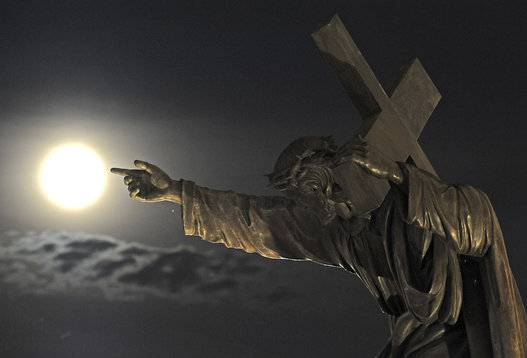

Supermoon Washington DC
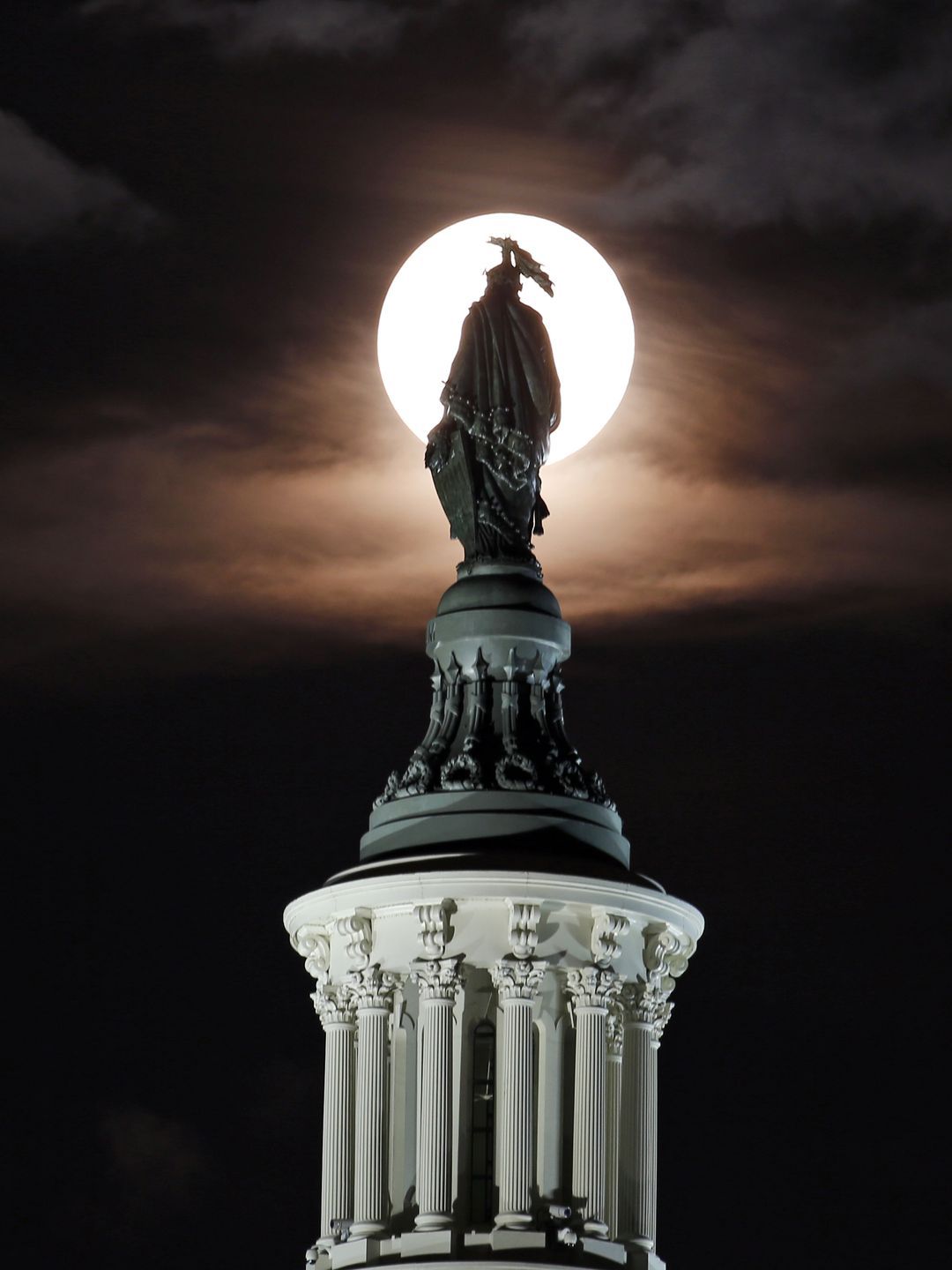
Greece
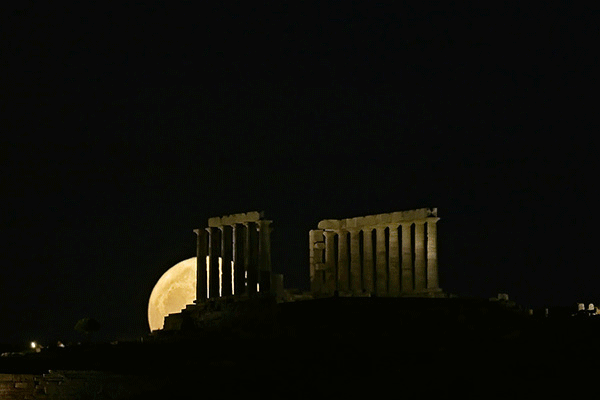
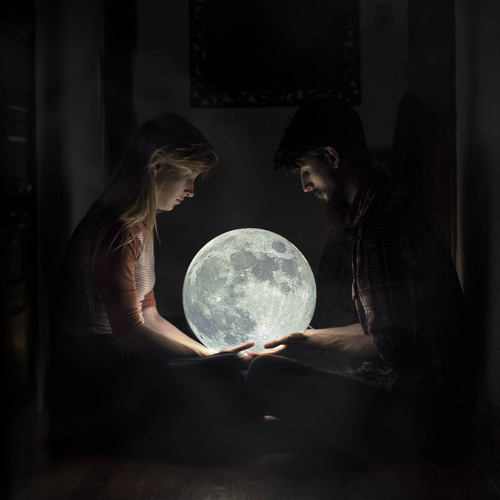
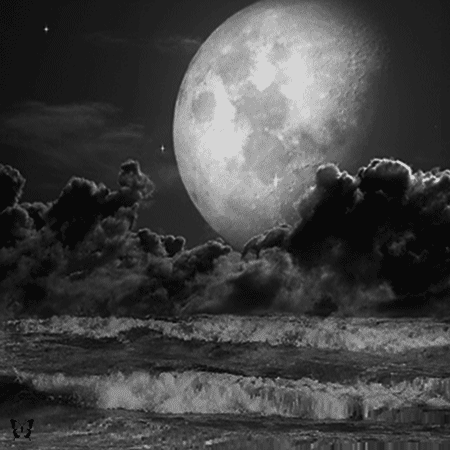

No comments:
Post a Comment